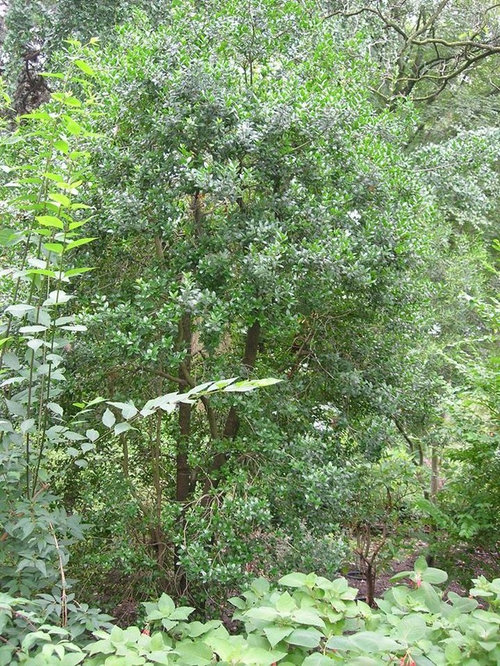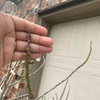Osmanthus ID
misha74
9 years ago
Related Stories

GARDENING GUIDES10 Top Native Plants for the U.S. Southeast
For a low-maintenance and wildlife-friendly landscape, use Southern natives that withstand heat and humidity
Full Story
LANDSCAPE DESIGNSee Chelsea Flower Show Ideas Flourishing in a Real Backyard
Can trends in high-design show gardens translate to everyday yards? The proof is in the plantings
Full StorySponsored
Columbus Design-Build, Kitchen & Bath Remodeling, Historic Renovations
More Discussions








misha74Original Author
misha74Original Author
Related Professionals
Jennings Landscape Architects & Landscape Designers · Sand Springs Landscape Architects & Landscape Designers · Dunwoody Landscape Contractors · Haverhill Landscape Contractors · Merced Landscape Contractors · Raleigh Landscape Contractors · Richmond Landscape Contractors · Riverview Landscape Contractors · South Lake Tahoe Landscape Contractors · Tavares Landscape Contractors · Vallejo Landscape Contractors · Wallingford Landscape Contractors · Vadnais Heights Landscape Contractors · Ferguson Landscape Contractors · Lake Forest Swimming Pool Buildersmisha74Original Author
ocelaris
misha74Original Author
ocelaris
Dave in NoVA • N. Virginia • zone 7A
User
ocelaris
misha74Original Author